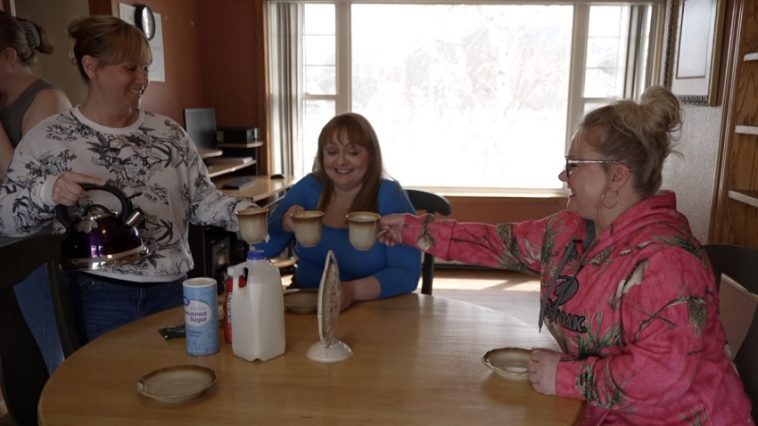BUTTE, MT— As Montana continues to grapple with a surge in drug overdoses, facilities like the Butte Spirit Home play a vital role in providing women with the support and tools needed to stay sober. The home’s mission is to offer a safe, alcohol- and drug-free environment for individuals in early recovery, helping them build the skills necessary to prevent relapse.
One such individual is Amanda McElhany, a woman whose journey through addiction and recovery highlights the critical importance of programs like the Butte Spirit Home. McElhany, who first overdosed on heroin years ago, recalls a harrowing moment when she nearly lost her life.
“I woke up to my friend screaming, ‘I need Narcan! I need Narcan!'” McElhany remembers. “She was driving 90 miles an hour to get to the nearest hospital.”
Despite the near-death experience, McElhany’s struggle with addiction continued. She later became addicted to fentanyl and overdosed again, this time requiring three doses of Narcan to revive her. It wasn’t until after her second overdose that McElhany was arrested, marking the turning point in her battle with addiction.
“Overdoses are often a wake-up call for people,” said Demetrius Fassas, director of the Butte Spirit Home facilities. “That’s the thing that shakes somebody into the realization of how dangerous their addiction actually is, and so we see a lot of people in the homes that have experienced overdose and survived.”
McElhany’s story is far from unique. Montana’s Department of Public Health and Human Services (DPHHS) recently reported a concerning spike in overdoses across the state. From March 1 to April 15, 2025, Montana saw seven fatal overdoses and 132 nonfatal overdoses, with April on track to exceed the state’s typical number of suspected opioid overdoses. Nationally, opioid overdose rates are reportedly declining, yet Montana continues to face a growing crisis.
To combat this ongoing issue, the DPHHS has committed $300 million to reform Montana’s behavioral health and developmental disabilities services, including a portion of that funding aimed at increasing access to recovery and treatment programs. Among these initiatives is a plan to allocate up to $400,000 to provide low-cost, life-saving resources, such as naloxone and fentanyl testing strips, to respond to opioid overdoses. The DPHHS is also funding the installation of Wellness Kiosks across the state.
For many individuals in recovery, the sense of community plays an essential role in their healing. The Butte Spirit Home, which serves both men and women, helps clients create a strong, supportive network in an environment free from the pressures of substance use.
“The biggest and most helpful thing is to plug in with other people that are in recovery,” Fassas explained. “The opposite of addiction isn’t sobriety. The opposite of addiction is connection.”
Amanda McElhany emphasizes the importance of community in her own recovery journey. Having joined the Butte Spirit Home in December 2024, months after achieving sobriety, she has found immense value in the support system provided by the home and its residents.
“That’s what people need, connection,” McElhany said. “If you don’t have that, you just feel like there’s no hope.”
The Butte Spirit Home’s efforts extend beyond its immediate services. On Saturday, May 3, the home hosted a Singo fundraiser at the Butte Elks Lodge, inviting the community to support their mission. The event also offered residents like McElhany an opportunity to share their personal stories of recovery.
Programs like the Butte Spirit Home and the funding initiatives from DPHHS are critical in combating the opioid crisis in Montana. As the state continues to experience a growing number of overdoses, these resources provide hope for individuals like McElhany, who are determined to build a new life free from addiction.



